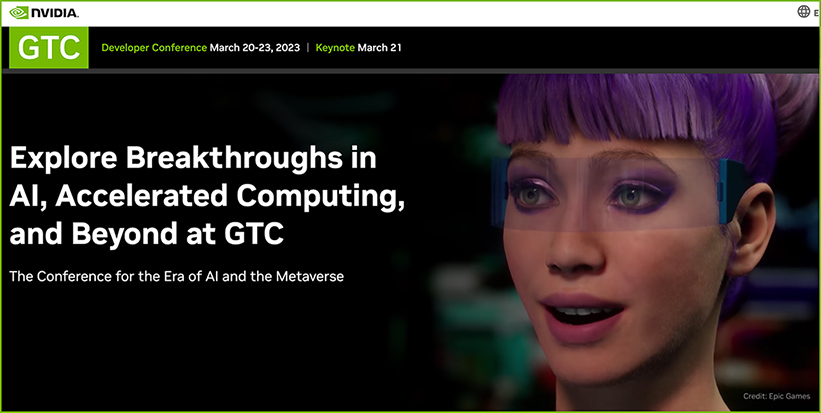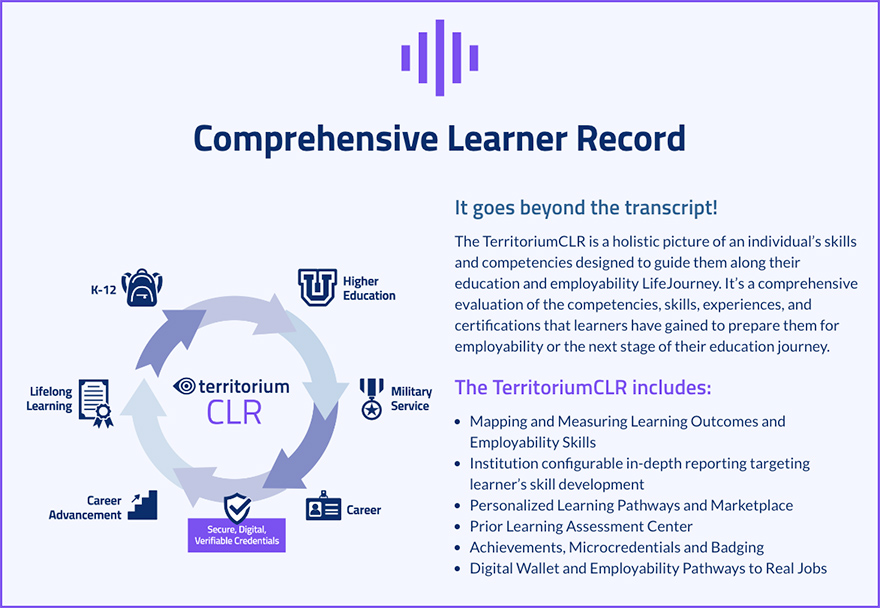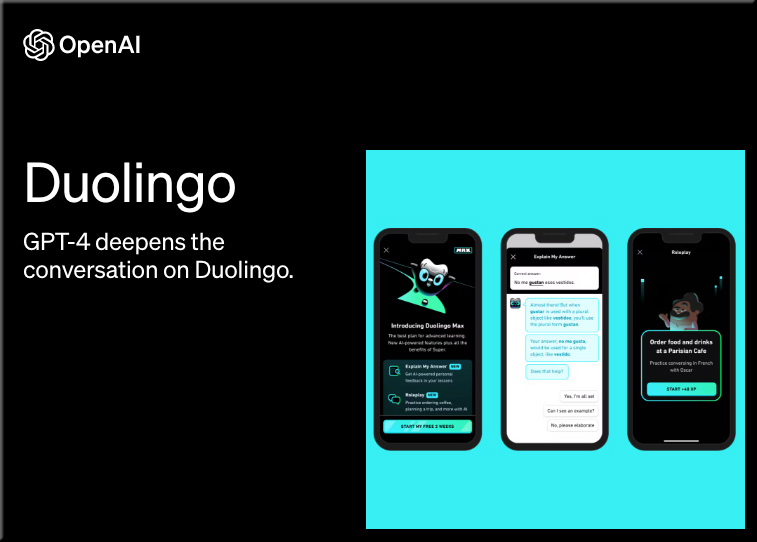On the K-12 side of things:
6 Ways to Use ChatGPT to Save Time — from edutopia.org by Todd Finley
Teachers can use the artificial intelligence tool to effectively automate some routine tasks.
Excerpt:
In the paragraphs that follow, I’ve divided these tasks into the following categories: planning instruction, handouts and materials, differentiation, correspondence, assessment, and writing instruction and feedback. Welcome to the revolution.
Lesson plans: Ask ChatGPT to write a lesson plan on, say, Westward Expansion. The tool composes assessments, activities, scaffolding, and objectives. Want that in the form of problem-based learning or revised for a flipped classroom? ChatGPT can adjust the lesson plan according to your instructions.
I’m a high school math and science teacher who uses ChatGPT, and it’s made my job much easier — from businessinsider-com.cdn.ampproject.org by Aaron Mok; with thanks to Robert Gibson on LinkedIn for this resource

Excerpt:
- Shannon Ahern, a high school math and science teacher, was afraid that ChatGPT would take her job.
- But her mind changed after she started using the AI for class prep, which saved her hours of time.
- Here’s how Ahern is using ChatGPT to make her job easier, as told to Insider’s Aaron Mok.
On the higher education side of things:
Using AI to make teaching easier & more impactful — from oneusefulthing.substack.com by Ethan Mollick
Here are five strategies and prompts that work for GPT-3.5 & GPT-4
Excerpt:
But one thing that is not changing is the best way for people to learn. We have made large advances in recent years in understanding pedagogy – the science of learning. We know some of the most effective techniques for making sure material sticks and that it can be retrieved and used when needed most.
Unfortunately, many of these advanced pedagogical techniques are time-consuming to prepare, and many instructors are often overworked and do not have the resources and time to add them to their teaching repertoire. But AI can help. In the rush to deliver AI benefits directly to students, the role of teachers is often overlooked.
Teaching: What You Need to Know About ChatGPT — from chronicle.com by Beth McMurtrie
Excerpt:
Digital literacy is more important than ever. Artificial-intelligence tools, and generative AI in particular, raise a host of ethical, political, economic, and social questions. Plus, this tech is soon going to be everywhere, including students’ future professions. (The technology behind ChatGPT, in fact, just got an upgrade this week.) Colleges need to figure out how to graduate digitally savvy students in all disciplines.
“The integration of technology into our lives is so pervasive that the restriction of education about AI to the computer scientists and the computer engineers makes no more sense than the restriction of taking English classes by English majors,” said Weber.














